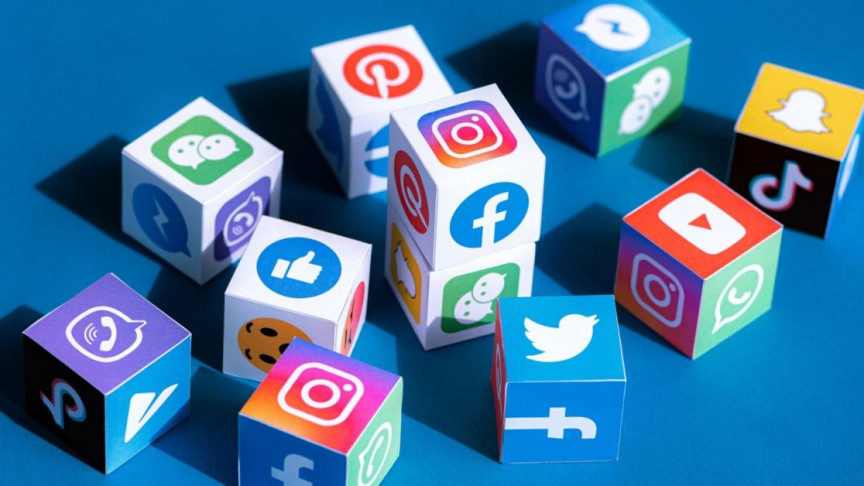PR’s Changing Landscape Part 3
In the first two installments of this three-part series, we took a look at two powerful PR strategies that happen mostly online—social media and engaging influencers. But even in today’s heavily digital world, it’s important to remember that your target audience doesn’t really exist in cyberspace as an emoji or a thumbs up icon.
With all our technological advances, you still can’t tap three of your audience’s five senses. (At least not yet!) And there’s nothing that can quite create an impression like an immersive experience of your brand or a face-to-face interaction. Enter experiential marketing—a key player in contemporary PR strategy that can work in concert with your online strategies.
And even in the face of COVID-related disruption, brands have continued to find ways to immerse consumers with unique experiences that drive results.
Experiential Marketing: Make it Memorable
Experiential marketing encompasses anything that allows your audience to become immersed in an experience of your brand—typically in person, but virtual strategies exist as well. This type of engagement has the potential to create a more lasting impression on your target audience. Experiential marketing approaches often involve events, stunts, free samples, and more.
For example, take our client The GIANT Company, an omni-channel grocery retailer serving millions of neighbors across Pennsylvania, Maryland, Virginia and West Virginia. The GIANT Company was preparing to open its new bilevel flagship urban grocery store in Center City, Philadelphia—the first of its kind for the company.
The GIANT Company wanted the store’s grand opening to stand out from ones past and to build awareness for this truly unique addition to the urban neighborhood. In order to help generate excitement, we planned a series of activations in the days and weeks leading up to the big day.
Part of our strategy was to give the store’s neighbors a taste of some of the novel features they’d find inside—including a Food Hall serving up fresh eats from vendors like neighborhood favorite Mission Taqueria. So we took the Food Hall’s anchor offering to the streets.
Working with our partner Milk Street Marketing, we secured a food truck and started handing out Mission Tacqueria’s tortilla soup and guacamole with chips for free to passersby at two nearby locations in the days leading up to the grand opening. Fun music and flyers with coupons rounded out the effort.
Many neighbors had heard that the new GIANT store was coming, and were excited to learn more. The next time they’re hankering for a little high-quality Mexican—or any of the store’s other offerings in the Food Hall, the tap wall, or the grocery aisles—there’s a good chance they’ll recall that tasty soup they sampled courtesy of The GIANT Company.
The pop-up food truck is just one example of the experiential marketing initiatives that went into creating a brand experience for the new store’s neighbors. The grand opening day was an experiential marketing tactic itself, complete with grocery bag giveaways filled with store-branded goods, and an appearance by the Philly Phanatic to emphasize the brand’s growing commitment to the city as the Official Grocer of the Philadelphia Phillies.
Emphasis on experiential marketing has grown considerably in the last decade. Although the pandemic disrupted the trend with the cancellation of many in-person events, companies like The GIANT Company are finding ways to adapt to COVID restrictions, and the trend is expected to rebound.
The question isn’t whether experiential marketing will continue to be a major player. It’s whether you’re ready to embrace it.
Are you interested in exploring some of the latest trends in PR to engage your audience? Let’s talk.
—Vince

